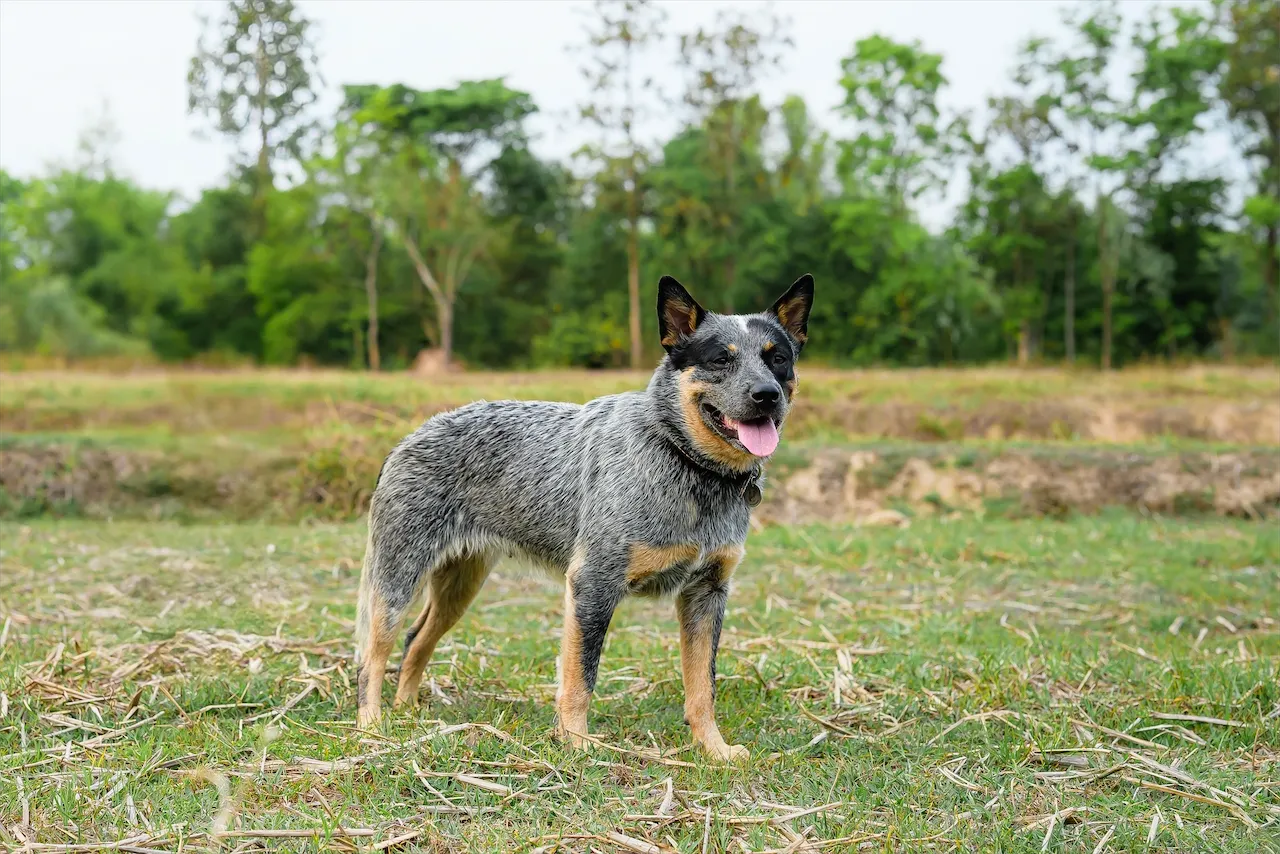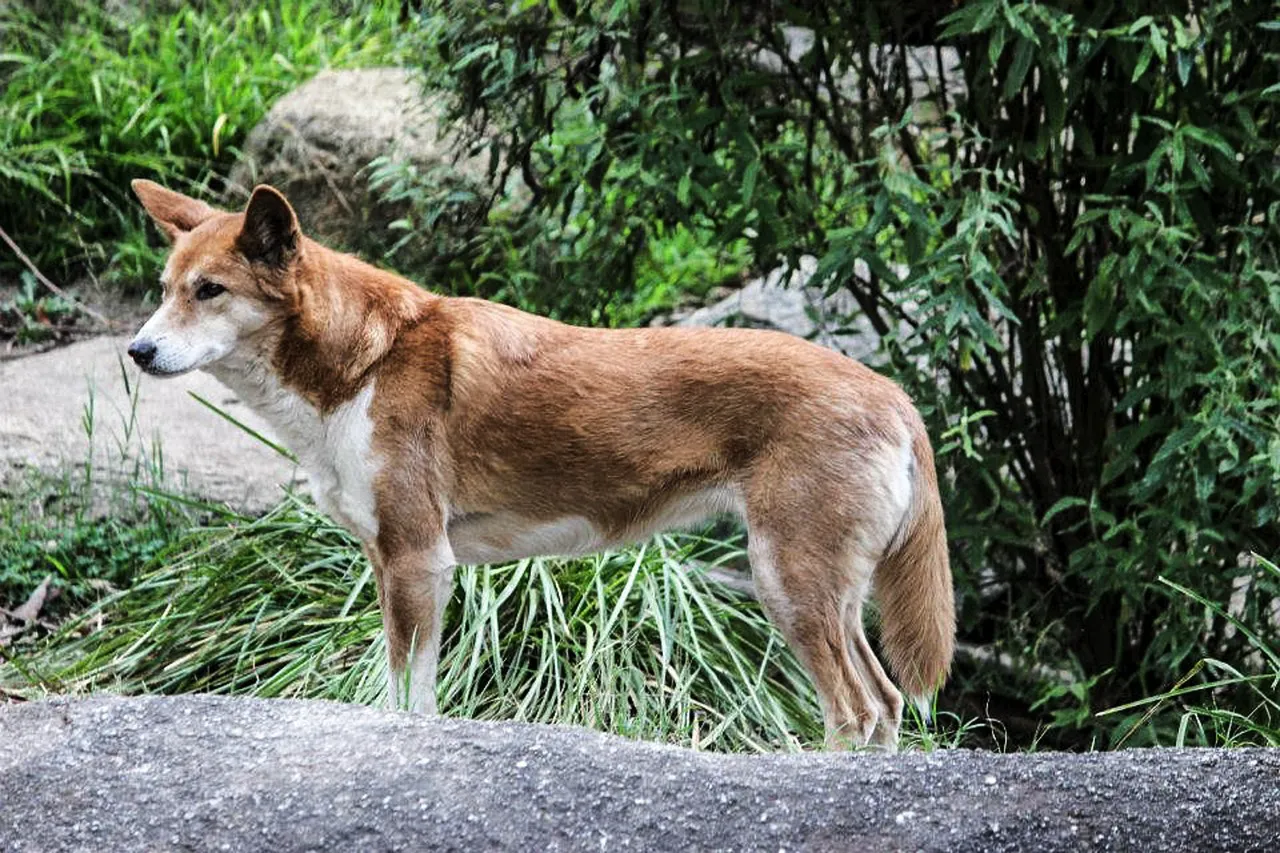Australian Cattle Dogs

The bond between humans and dogs has changed significantly over time. Today, dogs are often described as a person’s best friend—but that wasn’t always the case. The dogs we know today didn’t exist in the same way in the past. In the past, dogs primarily played a functional role as hunting assistants, guard dogs, or herding dogs. They had to earn their place on the farm or at home through work. Today, especially in the Western world, dogs are considered part of the family, treated with respect, love, and care.
While dogs were once kept as working or utility animals, they now serve as indispensable friends and emotional companions in all areas of life. Dogs sleep in the same room, enjoy high-quality food, and receive medical care. Beyond that, they have also taken on new roles—being used in various therapies, rescue missions, and as assistance dogs. Just as their roles have diversified, so have dog breeds. According to the Fédération Cynologique Internationale (FCI), there are more than 350 recognized dog breeds, and one particularly unique breed is the Australian Cattle Dog (ACD), which is the focus of this article.
What Are Australian Cattle Dogs?
Thousands of years ago, humans began a relationship with wolves. Over time, through selective breeding, domesticated dogs emerged—loyal companions who provided protection and support, such as during hunts. Depending on environmental conditions, needs, and demands, humans bred different dogs with specific traits. In the Arctic, strong sled dogs were needed to withstand the cold, while in other places, fast sighthounds for hunting or clever herding dogs for farming and livestock were in demand.
This development happened globally—even Down Under, in the vast stretches of the Australian continent. The Australian Cattle Dog, also known as the Blue Heeler, Red Heeler, or Queensland Heeler, has its roots in Australia. It’s an intelligent and highly energetic breed that has proven to be an effective working dog for cattle herding. But today, the Australian Cattle Dog is much more than just a livestock watchdog. Its versatile capabilities, strong work ethic, and unique characteristics make it a valuable companion.
What Makes a Good Cattle Dog?
A good cattle dog possesses many traits that make it an indispensable helper in the field. These qualities are important to mention because the Australian Cattle Dog was primarily bred for cattle work. Many of these traits, however, also make it an excellent member of an active family. Key traits include:
- Strong instinct to drive and control livestock
- Constant focus on the herd without distractions
- High social intelligence—leading without stressing the animals
- Understanding of herd behavior
- Independence and good decision-making skills
- Ability to cover long distances quickly and safely
- Stamina and durability & agility and speed
- Resistance to extreme weather—heat, cold, or rain
- Robust health
- Calm and focused temperament
- Effective communication
- No instinctive aggression
- Targeted energy use and natural protective instincts
- Adaptability, learning ability, and problem-solving skills
How the ACD Was Bred
Australia's vast and often rough terrain presents a range of challenges, especially for cattle farmers driving their herds across hot, dry lands. The climate and many natural dangers have always taken a toll on both humans and animals. While the livestock usually coped well, the European herding dogs initially used struggled.
Many herding dogs simply couldn't endure these conditions because they lacked stamina, had difficulty handling the climate or temperamental cattle, and faced threats from wildlife such as venomous snakes, spiders, dingoes, kangaroos, and crocodiles. Australian breeders, therefore, set out to create a breed that was robust, adaptable, intelligent, and tough enough to herd large cattle across long distances. This led to the deliberate development of the Australian Cattle Dog, bred specifically for these extreme conditions.
What Sets the Australian Cattle Dog Apart
The Australian Cattle Dog is a medium-sized breed with a compact, muscular, and athletic build, giving it exceptional endurance and agility. Its shoulder height typically ranges from 42 to 50 cm (16.5 to 20 inches), and it usually weighs between 15 and 23 kg (33 to 50 lbs). Its size and strength make it ideal for working in wide-open spaces. Compared to other herding breeds, the ACD is sturdier and less delicate.
Australia’s climate is primarily hot and dry but varies significantly by region, from tropical conditions in the north to temperate green landscapes in the south. However, the central and western parts of the continent are dominated by harsh deserts and arid zones. These conditions require a resilient coat, so the ACD has short, dense, and weather-resistant fur that helps it withstand the harsh climate.
What Makes the ACD Physically Unique

Photo by Michelle Pitzel on Pixabay
Bred in the 19th century for cattle herding in Australia, the Australian Cattle Dog is often called the Blue Heeler or Red Heeler due to its method of driving cattle by nipping at their heels (from “heel”). This herding technique and even the coat coloration are traits inherited from the Dingo, a wild dog native to Australia and a direct ancestor of the ACD.
Coat colors range from red speckled or mottled to blue speckled or mottled—hence the name “Blue Heeler.” This breed stands apart in appearance from other herding dogs like Collies or Australian Shepherds. Puppies are born with distinct facial markings, and their coat color develops fully as they grow.
Key Strengths: Work Ethic, Temperament, and Endurance
The Australian Cattle Dog (ACD) is an exceptionally tough, independent, and versatile breed. It is well-suited both as a working dog and as a companion for families or individuals. ACDs have many standout abilities that distinguish them from other herding breeds, making them especially valuable for those seeking a high-endurance, intelligent, and loyal working companion.
They are very trainable, making them ideal for work or dog sports. Their high intelligence allows them to understand and solve even complex tasks quickly. Another notable trait is their extremely high energy level and average lifespan of around 10 years. They need plenty of physical activity and mental stimulation, and form strong bonds with their owners. Whether working in the field or providing emotional support, their loyalty and drive make them a remarkable companion.
The ACD as a Family Member
Though originally bred as a working dog, the ACD can also become a full-fledged family member—provided it receives proper training, structure, and activity. Its strong will and intelligence demand consistent, fair leadership. Without mental or physical stimulation, it may become bored and cause mischief. Thus, it’s well-suited to active families who enjoy spending time outdoors.
Families with older children typically do well with an ACD. Those with very young children may find the breed’s lively nature and instinctive herding behavior challenging. Without training, an ACD might try to “herd” children by gently jumping or nipping—behavior that can be redirected with the proper guidance. It's important to remember that the breed requires both physical and mental exercise. Life as a solely indoor or sedentary pet is inappropriate for an ACD.
Is the Australian Cattle Dog the Right Dog for You?
Overall, this breed is best suited to experienced dog owners, as it needs consistent training and clear leadership. Herding dogs are not naturally friendly with every new person, so early socialization is essential.
For those looking for a loyal, hard-working, and alert companion—especially for outdoor sports or herding work—ACDs can be the perfect match. With proper training, patience, and a strong bond, the ACD becomes a reliable and loyal partner who continually impresses with their energy and determination.